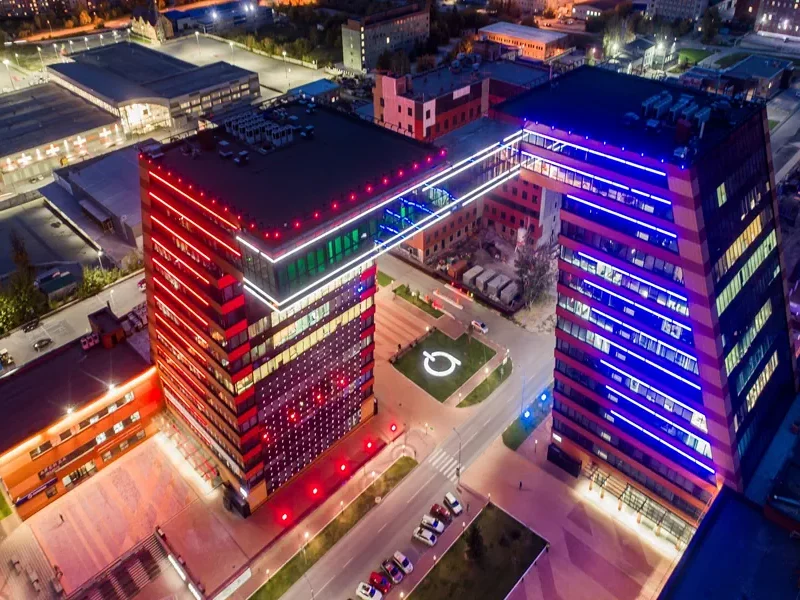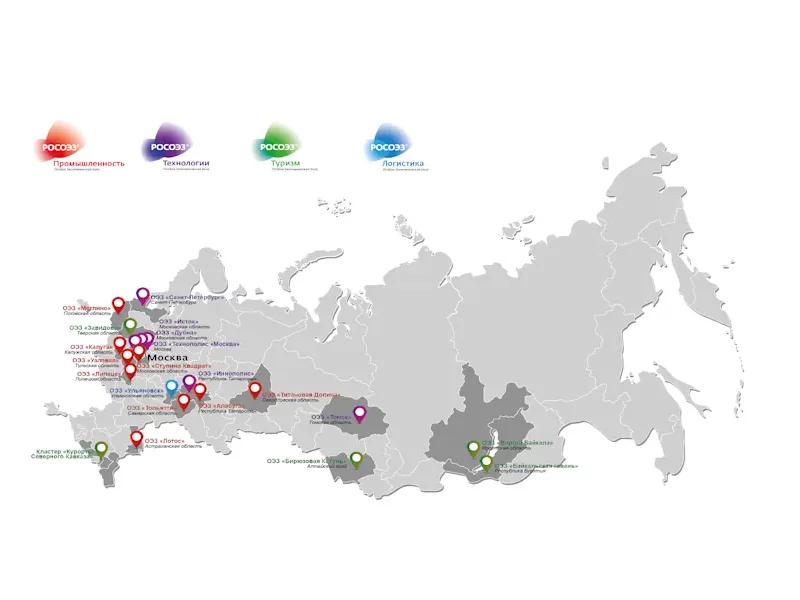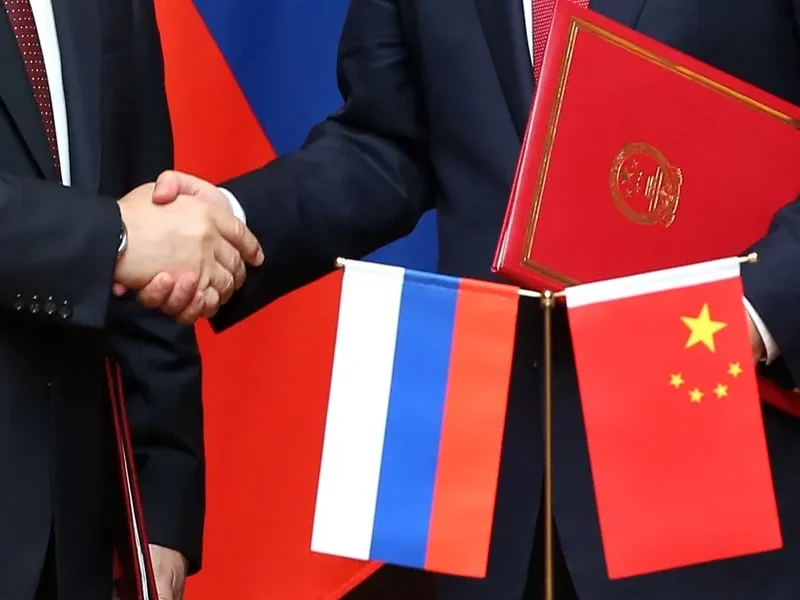A manufacturing company obtained a bank loan against security of its immovable property and production facility in 2006-2007. After the crisis of 2008, the company’s operational performance declined and the factory’s main area was let out for rent. The company was no longer capable of servicing and repaying its loan portfolio.
Banks filed claims to recover their loans and the arbitration court ruled to begin a bankruptcy proceeding. The banks became senior collateral lenders.
Banks consider such debt as a distressed asset because they need to form a loan loss reserve equal to the amount of the debt. Normally banks don’t need the assets (buildings, shares, etc) pledged as security, what they need is the money that can be obtained by selling these assets.
Banks will seek to realize their right to claim debt from a debtor, even at a discount price.
When the bank claims pledged property, in the case of the debtor’s bankruptcy, the debtor’s business performance is analyzed, the reasons behind the bankruptcy are investigated, and the persons responsible are identified. If the causes of the bankruptcy are found to be objective economic conditions, the parties may start the process of debt settlement .
In our case, the bank that owned the largest part of the debt was itself undergoing a bailout. The banks decided to transfer the claim against the debtor under an assignment agreement, which resulted in a classic problem of distressed debt buyback: on the one hand, a distressed asset is usually being sold at a good price, on the other, if the investor is not ready to use their own funds, it would be quite difficult to obtain bank financing.
To get a loan, you need a borrower with specific characteristics, your own funds and liquid security while the asset bought through the right of claim cannot be immediately used as a collateral.
Therefore, there were two options to choose from:
- The asset could be bought by the company that had its own funds or instruments to get bank funding;
- The asset could be bought by a senior executive, because closing such a complex transaction would be beneficial for his or her career.
In this case the right of claim was bought with the help of funds borrowed from a Cypriot bank since banks in Cyprus have more lenient lending standards in comparison with Russian banks.
The bank provided funds to the SPV and accepted the SPV’s shares as collateral under the contract.
The SPV’s shares were transferred back to the owner after the real estate was transferred to the assignee through the bankruptcy procedure and then pledged as a collateral to the bank for the loan previously granted.
Funding can be also obtained from CIS banks: some of these countries belong to the common economic space, which means that it is possible to perform transactions in roubles, avoiding the constraints of foreign exchange controls.
In some cases instead of bank loans, funds are borrowed from financial companies or partners for a shorter term and at a higher interest, or diverted from the circulated capital of the operating business.
It is a kind of a bridge loan for the period from the moment the claim was assigned till the moment when the asset is restored to service with the ability to transfer to bank credit. Then the asset can be prepared for sale, put on the market, and sold profitably.
It is complicated work fraught with risks, which is why it is called work with distressed high-yield debt. Our case had quite an interesting history because after the asset was restored, Cyprus experienced an acute banking crisis and the bank’s license was revoked.
Shortly before it happened, the loan had been transferred to a Russian bank. Interestingly, the company was unaware of the imminent revocation of the bank’s licence in Cyprus, it was just a coincidence. The loan was transferred to Russia in a foreign currency and the transaction was completed in August 2014.
In autumn 2014, the dollar surged and the loan principal in the rouble equivalent increased twofold and the loan again became distressed. In 2015, the third bank was bailed out.
At present the debt still remains distressed and needs to be worked out. The industrial facility has for many years been operating as a rental business. Developers consider this asset as a potentially developable site.
Разрабатываем Стратегии для собственников бизнеса в целях оптимизации группы компаний, решения нестандартных задач и продажи активов. Оказываем услуги по сопровождению сделок M&A, управлению непрофильными активами и проектами в целом.













